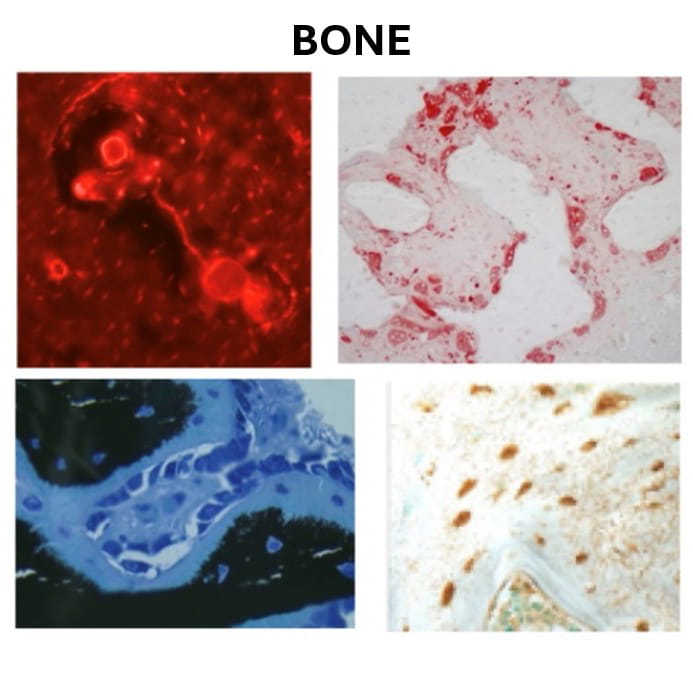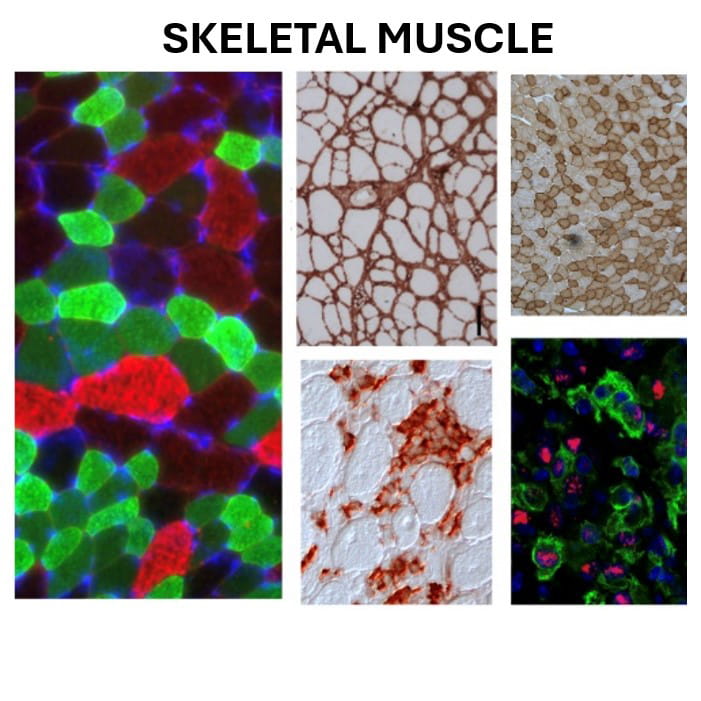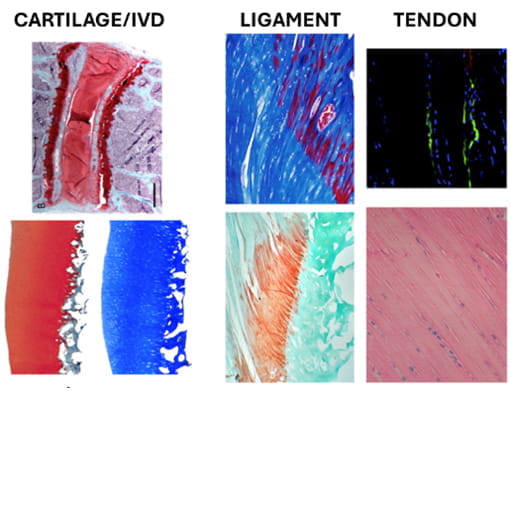Bridging structure and function through precision histology
The Histology and Histomorphometry Core provides inhouse expertise, techniques, equipment and technical innovation to facilitate Indiana Center for Musculoskeletal Health investigators from vastly different subspecialties to use histological approaches in order to assess tissue/cell level mechanisms in their developmental/physiological/disease models. The core facilitates histological and histomorphometric analyses of bone, muscle, cartilage, ligament, tendon and intervertebral disk. The core also provides consultation on study design and post-study data interpretation and provide training programs and education in all techniques covered by the core.




